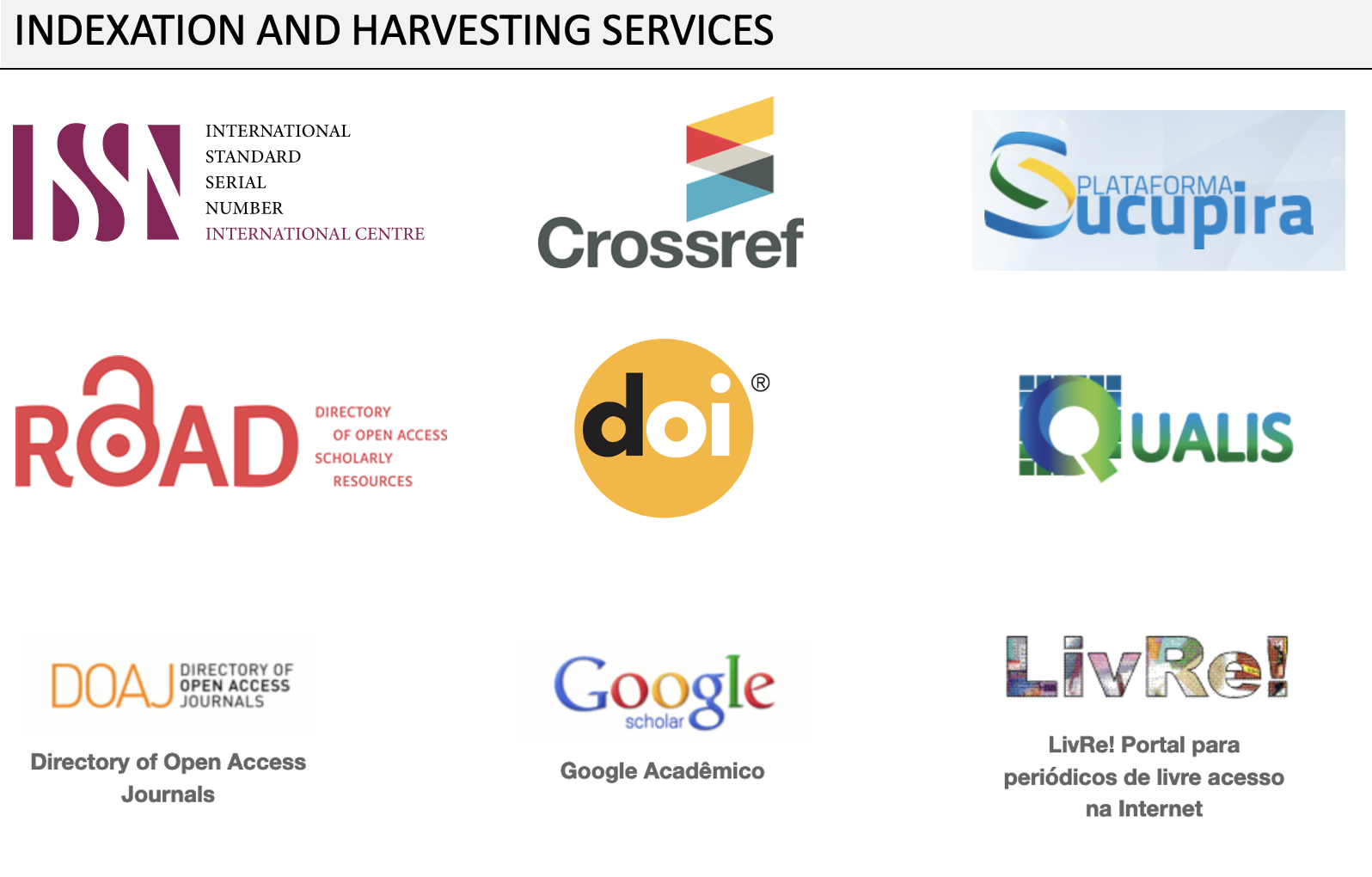No. 3 (2021): Popular users: why and how innovation research started to consider users in the innovation process

Guest Editors
Rick Hölsgens, Technische Universität Dortmund (Germany)
Cornelius Schubert, Technische Universität Dortmund (Germany)
Presentation
Users have no doubt become popular in innovation research. They are not considered a passive mass of adopters but as a more or less active agency in innovation processes. Diffusion research has, for instance, distinguished between several adopter categories: innovators, early adopters, early majority, late majority, and laggards. These categories can be mapped on the diffusion s-curve and indicate a temporal order along which innovations may be analysed. However, early or late adopters were still seen primarily as adopters. Concepts such as “reinvention” or “domestication” then put more emphasis on the ways in which an innovation may be changed within the adoption process. In these cases, innovations came from elsewhere (i.e., manufacturers), but the users were credited with more creative potential than simply adopting novelties. The turn towards user-driven innovations decidedly shifted the creative potential towards (specific) user groups, transgressing the traditional distinction between producers and consumers.
The involvement of users in innovation processes has been addressed under different labels, for instance, user innovation, open innovation, or participatory design and from different fields such as management and innovation research, science and technology studies, or social innovation studies. The main gist of these approaches lies in reclaiming hitherto neglected aspects, perspectives, or sources of innovations, thus arguing against a top-down producer-centred models of innovation by emphasising bottom-up user-centred modes of innovation. They reconfigure ideas about pushes and pulls, about the constellations and locales in which invention and diffusion occur, and about the transformations of innovations as they emerge and evolve over time and space.
This thematic issue of NOvation seeks to shed light on this increasing popularity of “the user” in innovation studies. We gather here contributions from diverse backgrounds that critically focus on the role of users in innovation studies, from empowerment and emancipation to valorisation and exploitation. We especially addressed the questions of why users have become popular both empirically and conceptually across a range of fields and spanning from academia to politics and civil society. How does user-centred innovation relate to more traditional models of producer-centred innovation? Which role do critical users play in innovation research? Are there specific fields in which users are seen to be more active than in others? Especially, who is considered to be a user or customer?




